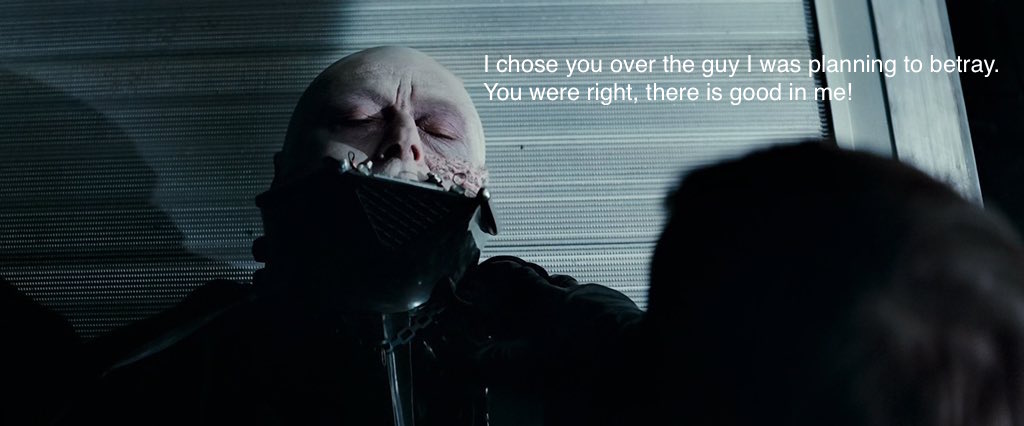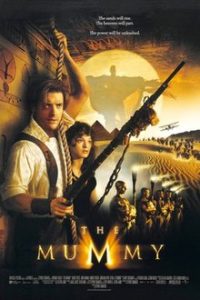movies, TV
Revived Obsession
In addition to being distracted by trying to get my house set up to the point that it’s a livable space I can actually work in, I’ve had an additional distraction because the final season of Andor has been on, starting the day after I moved in. It ended this week, and I haven’t quite recovered because it’s reawakened and re-energized my Star Wars obsession that started when I saw the first movie in the theater when I was 9. It’s waxed and waned over the years since then, but this series is hitting me where I am now in a big way. It’s very much Star Wars for grown-ups.
There’s been a belief, promoted by George Lucas himself, ever since the prequel movies came out that “Star Wars is for kids,” but that’s as much of a retcon (retroactive continuity, when you decide something and claim that it was always true) as the fact that Darth Vader was Luke’s father and Leia was his sister (the idea that Darth Vader was Luke’s father was initially brought up as a joke by a friend at a dinner party when Lucas was outlining The Empire Strikes Back, then once they brainstormed it a bit, they decided it worked. The fact that Leia was Luke’s sister came up when outlining Return of the Jedi when they needed a reason Luke would drop his refusal to fight Vader, and protecting a sister was what they decided on).
The original movie was pure Boomer (and Silent Generation) bait. It drew on all the space adventure serials that played before Saturday matinees when those generations were kids, as well as tropes from the Westerns that were popular for those generations. It wasn’t kids clamoring to see that first movie. They were brought by their parents (like me — my family will never let me forget that I emphatically did not want to go see it). It was very kid-friendly in that the violence was fairly sanitized (in spite of having one of the highest body counts in all of movie history, given that an entire planet is destroyed). There’s no on-screen blood or gore. When Obi-Wan Kenobi is killed, we don’t see a decapitated body. He just vanishes. There’s comic relief from the droids, and Luke is young enough to be relatable and aspirational to kids without being an annoying kid character. But the main appeal to kids was that it was an adult movie we could see and enjoy and feel grown-up about seeing. It didn’t pander to kids. In today’s entertainment language, it’s “four quadrant entertainment,” which means that all the demographic groups can enjoy it together — fun for the whole family!
It wasn’t until later that they realized they had something kids loved. It took them nearly a year after the original release of the movie before they started making Star Wars toys. The Empire Strikes Back was even more mature and actually less kid-friendly. There was more on-screen violence that wasn’t the sanitized “pew, pew, pew” of blaster fire. Characters got injured and bloody. Han was tortured. Lucas was criticized for the Ewoks in Return of the Jedi for being ready-made merchandising, but I believe his rationale that it was about the story, that he wanted something small, primitive, and innocent helping bring down the Empire (and bonus if they’d make good toys). Even if there was a cute factor seemingly aimed at kids, the thematic issues in that movie are pretty deep.
It was only when they came back more than a decade after the original movies with the prequels that they went all-in with that “Star Wars is for kids” line, with elements that were deliberately aimed at child interest, and they then made animated series that were clearly targeted toward kids (even though they ended up going rather dark and with some heavy themes).
But when we got to Rogue One, there was nothing child-friendly about it. The funny droid sidekick is a snarky killer, and that’s really the only comic relief. I’ve called it the Saving Private Ryan of Star Wars. It’s serious, dark, violent, and brilliant. It stood to reason that the prequel series leading up to it would be similarly serious. It’s about surviving under an autocratic regime, the stirrings of rebellion, and just how hard and dangerous revolution is, requiring great personal sacrifice by some so that all can live free. It’s very heavy, and the deep political themes probably wouldn’t be of much interest to most kids. I doubt it would have caught my imagination the way the original movie did when I was a kid. It’s about sneaking around and conversations rather than space battles and the action sequences are riots that turn into massacres.
But it’s an in-depth look at the Star Wars universe and the ordinary people who live there, not just the princesses, politicians, and Jedi Knights that we’ve seen in other movies. It’s the mechanics, shopkeepers, farmers, bureaucrats, and other people trying to get by in an increasingly hostile galaxy, and it’s about the people who have to keep to the shadows to try to build their movement. We get a sense of daily life in that galaxy. We see their homes, their kitchens and bedrooms, where they go on vacation. It’s a chance to really wallow in that universe and see multiple aspects of it.
And that’s made the rest of that universe more interesting. It all has more depth and texture, and that’s why I’m getting back into it the way I was when I was 9-14 and the original movies were coming out, and it was all fresh and new to me. After this week’s Andor finale, I’ve rewatched Rogue One, which is even more heartbreaking now, and tonight I’ll go back to that original movie that started it all, knowing what happened to set up that whole situation and just what was sacrificed along the way.
Now we’ll see if this current wave of obsession has the same effect the first wave had, since that was what kicked off my wanting to be a writer and tell stories. Maybe it’ll inspire even more story ideas.



